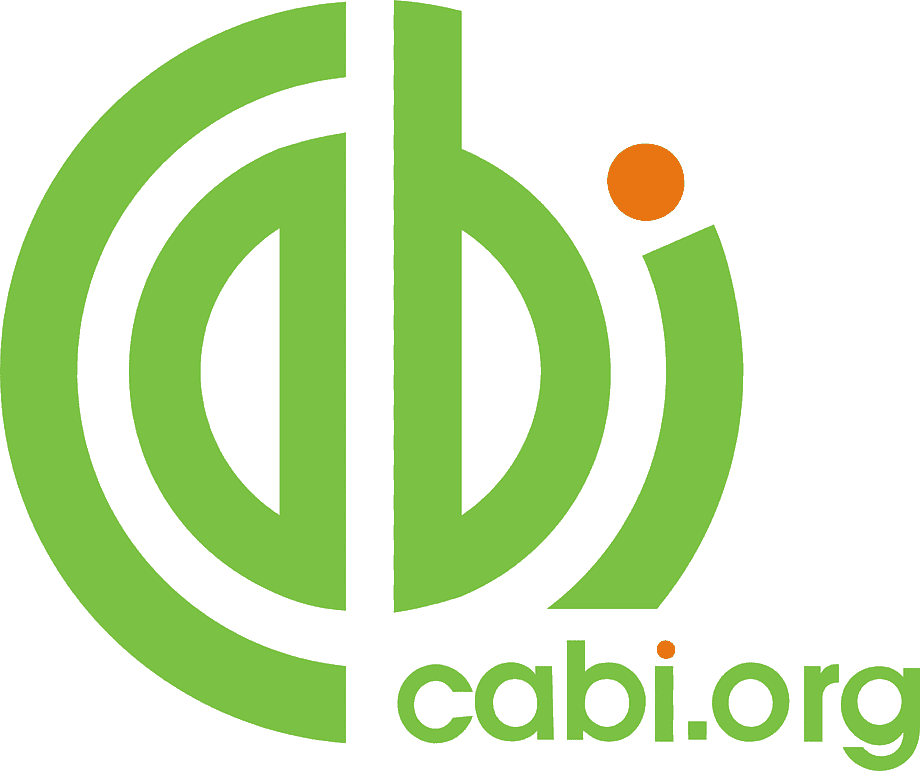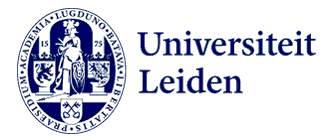Growth of Indigofera zolingeriana with differences in source of cuttings and planting media
DOI:
https://doi.org/10.46549/jipvet.v14i3.502Keywords:
Cutting types, Forage crop, Growth parameters, Indigofera zollingeriana, Planting mediaAbstract
This study investigates the effect of different cutting types and planting media on the growth of Indigofera zollingeriana, a valuable forage crop. The research used a factorial randomized block design (2 x 2) with 40 experimental units. The treatments included two cutting sources—stem cuttings (A1) and shoot cuttings (A2)—and two planting media—natural soil (B1) and natural soil supplemented with liquid organic fertilizer from rabbit urine (B2). Growth parameters such as the number of leaves, plant height, and stem diameter were measured. The results indicate that cutting type significantly affects leaf production, with shoot cuttings (A2) producing a higher number of leaves than stem cuttings (A1) (P<0.05). However, the planting media and its interaction with the cutting type had no significant impact on plant height and stem diameter (P>0.05). These findings suggest that using shoot cuttings could enhance the propagation and growth of Indigofera zollingeriana for sustainable forage production. Further studies are recommended to explore the long-term effects of organic fertilizer on biomass yield.
Downloads
References
Abdullah, L. dan Suharlina. 2010. Herbage yield and quality of two vegetative parts of Indigofera at different times of first regrowth defoliation. Jurnal Media Peternakan 33(1): 44-49.
Daniel Tw, Helms Ja, Baker Fs. 1997 Prinsip- Prinsip Silvikultur. Joko Marsono Dan Oemi Hani’in, Penerjemah. Yokyakarta (Id): Gadjah Mada University Press.
Hassen, A., N. F. G. Rethman, W. A. Van Niekerk, T. J. Tjele. 2007. Influence of aeason/year and species on chemical composition and in vitro digestibility of five Indigofera sp. Accessions. J. Anim Feed Sci Technol. 136:312-322.
Hassen, A., Rethman, N. F. G., & Apostolides, Z. (2006). Morphological and agronomic characterisation of Indigofera species using multivariate analysis. Tropical Grasslands,0(1), 45–59.
Jaya, R.R. 2016. A simple and new optimization algorithm for solving constrained and unconstrained optimization problems. International Journal of Industrial Engineering Computations. 7(1):19-34.
Jumin, H.B. 1986. Ekologi Tanaman Suatu Pendekatan Fisiologi. Rajawali. JakartaKumalasari, N.R., L.R. Hanindiyya dan M.A. Setiana. 2020. Daya tumbuh stek Asystasia gangetica (L) T. Anderson yang dismpan pada kondisi berbeda. JINTP Vol. 18 (3):67-73.
Koten, B. B., Leoanak, S., Wea, R., & Titong, A.P. (2022). Penampilan Vegetatif dan Produksi Hijauan Berbagai Aksesi Arbila (Phaseolus lunatus L.) dari Kabupaten Kupang Sebagai Pakan. Jurnal Ilmu Peternakan Dan Veteriner Tropis (Journal of Tropical Animal and Veterinary Science), 12(2), 161 –. https://doi.org/10.46549/jipvet.v12i2.285
Lemmens, R. H. M. J and D. Cardon. 2005. Indigofera Arrecta Hochst. Ex A. Rich. [Internet] Record from Protabase Jansen, P .C.M & Cardon, D. (Eds.). Prota (Plant Resources of Tropical Africa), Wageningen, Netherlands.
Lakitan. 1999.Dasar dasar Fisiologi Tumbuhan, Jakarta: PT Raya Grafindo Persada
Muslihat L. 2003. TeknikPengukuran Tanah Gambut DiLapangan Dan Di Laboratorium.Bogor. Buletin Teknik Pertanian. 8:69
Sawen, D. 2020. Laporan hasil uji analisis sampel tanah. Balittanah Bogor.
Sawen, D. 2022. Laporan hasil uji analisis sampel POC. Balittanah Bogor.
Sawen, D dan L. Abdullah. (2020). Potensi legum pohon dema asal kabupaten Sarmi Papua sebagai hijauan pakan. JIPVET 10(2):98. DOI: 10.46549/jipvet.v10i2.99
Sirait, J., K. Simanihuruk, dan R. Hutasoit. 2009. The potency of Indigofera sp. as goat feed: production, nutritive value and palatability. In: Proceeding of International Seminar on Forage Based Feed Resources. Bandung, 3-7 Agustus 2009. Taipei (Taiwan): Food and Fertilizer Technology Centre (FFTC) ASPAC, Livestock Research Centre-COA, ROC and IRIAP.p.4-7
Schmidt, L. 2002. Pedoman Penanganan Benih Tanaman Hutan Tropis dan Sub Tropis. Direktorat Jenderal Rehabilitasi Lahan dan Perhutanan Sosial Indonesia Forest Seed Project. PT. Gramedia. Jakarta. (terjemahan).
Simorangkir, B.D.A.S. 2000. Analisis Riap Dryobalanops Ianceolata Burc pada Lebar Jalur yang Berbeda di Hutan Koleksi Universitas Mulawarman Lempake. Frontir Nomor 32. Kalimantan Timur.
Sitompul, S.M. dan B. Guritno. 1995. Analisis Pertumbuhan Tanaman. Gadjah Mada University Press.Yogyakarta. p412
Suhendi, H 1979. Hasil pendauluhan mengenai perkecambahan dan pertumbuhan Gamalina Arborea L. di persamain. Lembaga penetilian hutan. bogor
Tarigan, A., L. Abdullah, S. P. Ginting dan I G. Permana. 2010. Produksi dan komposisi serta nutrisi In vitro Indigofera sp. Pada interval dan tinggi pemotongan berbeda. Jurnal Ilmu Ternak dan Veteriner, 15(3): 188-195
Tillman, A. D., H. Hartadi, S. Reksohadiprojo, S. Prawirokusumo, S. Lebdosoekojo, 1998. Ilmu makanan ternak dasar. Gadjah Mada University Press.Yogyakarta.
Downloads
Published
How to Cite
Issue
Section
License
Copyright (c) 2024 Jeki Romelus Merani, Sientje D. Rumetor, Diana Sawen

This work is licensed under a Creative Commons Attribution-NonCommercial-ShareAlike 4.0 International License.
License and Copyright Agreement
In submitting the manuscript to the journal, the authors certify that:
- They are authorized by their co-authors to enter into these arrangements.
- The work described has not been formally published before, except in the form of an abstract or as part of a published lecture, review, thesis, or overlay journal. Please also carefully read Jurnal Ilmu Peternakan dan Veteriner Tropis (Journal of Tropical Animal and Veterinary Science) Posting Your Article Policy at https://journal.fapetunipa.ac.id/index.php/JIPVET/publicationethics
- That it is not under consideration for publication elsewhere,
- That its publication has been approved by all the author(s) and by the responsible authorities “tacitly or explicitly“ of the institutes where the work has been carried out.
- They secure the right to reproduce any material that has already been published or copyrighted elsewhere.
- They agree to the following license and copyright agreement.
Copyright
Authors who publish with Jurnal Ilmu Peternakan dan Veteriner Tropis (Journal of Tropical Animal and Veterinary Science) agree to the following terms:
- Authors retain copyright and grant the journal right of first publication with the work simultaneously licensed under a Creative Commons Attribution License (CC BY-NC-SA 4.0) that allows others to share the work with an acknowledgment of the work's authorship and initial publication in this journal.
- Authors are able to enter into separate, additional contractual arrangements for the non-exclusive distribution of the journal's published version of the work (e.g., post it to an institutional repository or publish it in a book), with an acknowledgment of its initial publication in this journal.
- Authors are permitted and encouraged to post their work online (e.g., in institutional repositories or on their website) prior to and during the submission process, as it can lead to productive exchanges, as well as earlier and greater citation of published work.

This work is licensed under a Creative Commons Attribution-NonCommercial-ShareAlike 4.0 International License.





























.png)
